In the modern digital era, computers have become the core tools for programmers’ work and study. Whether performing simple web development or running complex machine learning models, having a powerful and stable computer is crucial for improving programming efficiency. Choosing a suitable computer for programming not only affects coding fluency but also influences the setup of development environments, running speed, and overall experience. I will analyze in detail how to choose a suitable programming computer from aspects such as hardware configuration, operating system, portability and budget, and recommend some cost-effective models to help developers easily cope with various programming needs.
1. Core Hardware Configuration for Programming Computers
Processor (CPU)
The CPU is the “brain” of the computer, and its performance directly impacts code compilation speed, multitasking capabilities, and overall running efficiency. For programming, it is recommended to choose at least a quad-core eight-thread processor. Mainstream options include Intel 10th generation or newer i5 and i7 series, or AMD Ryzen 5 and Ryzen 7 series.
For development involving large data calculations or multi-threaded tasks, such as big data analysis and AI model training, opting for a higher-end CPU can significantly reduce compilation time and improve efficiency.
Memory (RAM)
The amount of memory affects the smoothness of program execution, especially when multiple IDEs, virtual machines, or containers are opened simultaneously. It is recommended to have at least 16GB of RAM to ensure smooth operation of most development environments. If the budget allows, 32GB is better suited for complex projects and multi-environment parallel usage.
Storage (Hard Drive)
During programming, fast read/write speeds and quick loading of project files are critical. Solid State Drives (SSD), due to their high-speed read/write capabilities, are the preferred choice. It is recommended to select at least a 512GB SSD to meet the needs of system, software, and project file storage. Some developers may require larger capacity, which can be supplemented by external hard drives or cloud storage.
Display
Programming demands not only screen size but also resolution and eye-care features. It is suggested to choose at least a 14-inch display with Full HD (1080P) or higher resolution. Higher resolution allows more lines of code to be displayed and reduces scrolling frequency; IPS panels provide wider viewing angles and truer colors, helping to reduce eye fatigue during long work hours.
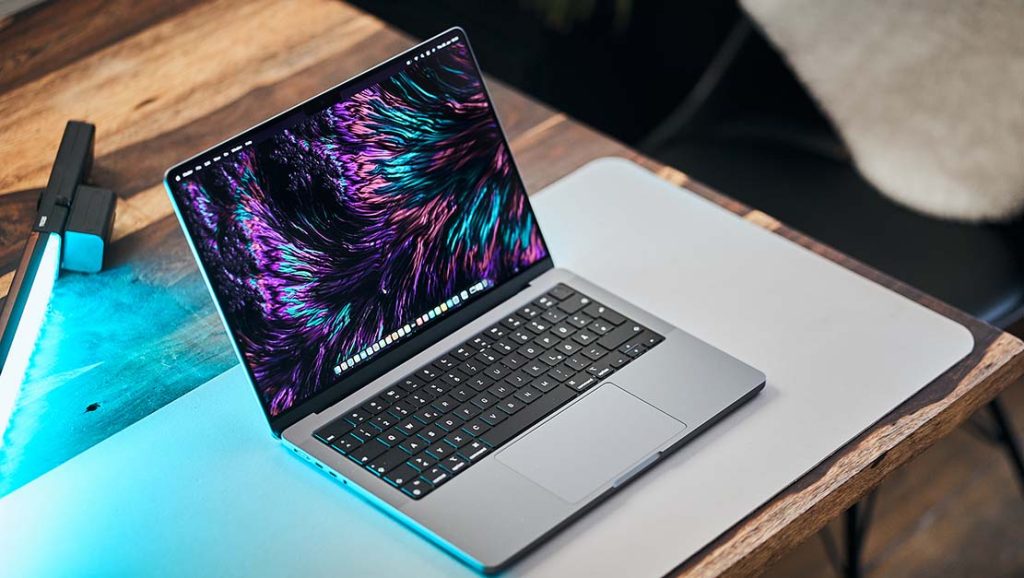
Graphics Card (GPU)
Most programming tasks do not rely on discrete graphics cards; integrated graphics are sufficient for daily development needs. However, for those requiring GPU acceleration like deep learning, graphics programming, or game development, a mid-to-high-end discrete graphics card (such as NVIDIA GTX/RTX series) can provide powerful computing capability.
Ports and Expandability
A rich selection of ports can improve work efficiency. Common ports include USB-A, USB-C, HDMI, and headphone jacks. Computers supporting Thunderbolt 3/4 can connect to more expansion devices, such as high-speed external hard drives and multi-monitor setups.
2. Operating System Selection
Windows
Windows has broad software compatibility and a large user base, suitable for most programming needs, especially .NET, C#, game development, and general software development. Its command-line tools PowerShell and Windows Subsystem for Linux (WSL) facilitate easy setup of Linux environments.
macOS
macOS is known for its stability, security, and developer-friendly features, making it a preferred choice for many programmers. Mobile developers (iOS/macOS apps) must use Mac devices. The UNIX-based kernel supports rich open-source tools and development frameworks, ideal for full-stack development.
Linux
Linux is an open-source operating system suited for users who like to customize their development environment, server-side development, and system-level programming. Various distributions are available to flexibly meet different needs, with common ones including Ubuntu, Fedora, and Debian.
3. Portability and Battery Life
Programming is not limited to offices or homes; portability is an important consideration for mobile work. Lightweight and thin laptops are better for frequent carrying, ideally weighing between 1.3 to 1.8 kg.
Battery life should guarantee at least 8 hours to cover a full day’s work without frequent charging. Some models support fast charging to enhance usability.
4. Budget Planning
Programming computers range widely in price, from entry-level models costing a few thousand RMB to high-end devices over ten thousand RMB. Beginners can choose mid-range models with balanced configurations to meet most programming tasks, while advanced users and professionals should focus on high-performance processors and large memory capacity.
5. Recommended Models
Lenovo ThinkPad X1 Carbon
Advantages: Durable, excellent keyboard feel, balanced performance, highly portable, suitable for long coding sessions.
Disadvantages: Relatively expensive.
Target users: Professional programmers who value comfort and stability.
Apple MacBook Pro 14-inch (M1/M2 chip)
Advantages: Powerful performance, outstanding display, macOS system advantages, excellent battery life.
Disadvantages: Expensive; some Windows software requires additional configuration.
Target users: Apple ecosystem users, iOS/macOS developers, full-stack developers.
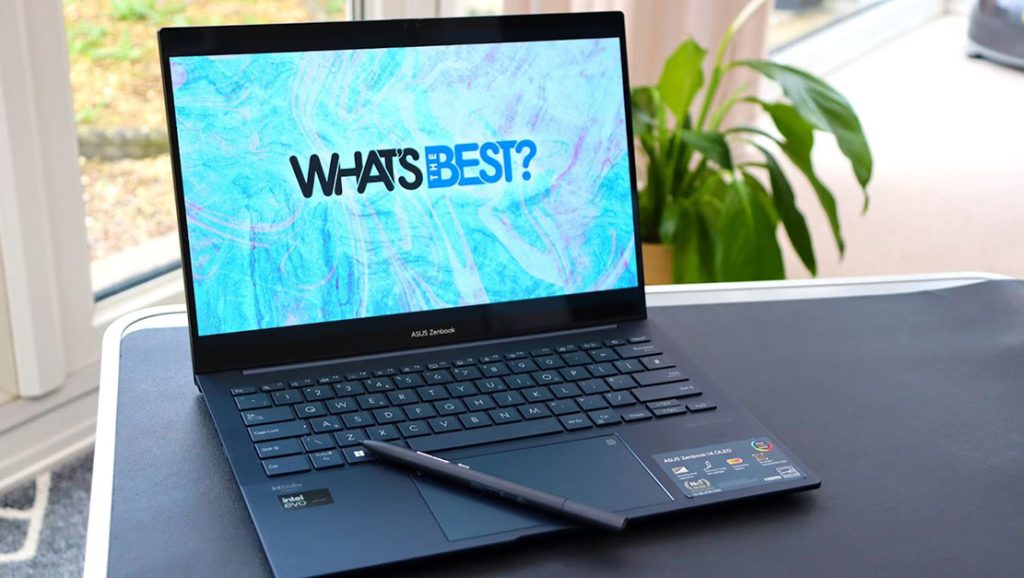
Dell XPS 13
Advantages: High aesthetic and slim design, excellent screen, balanced performance, supports various development environments.
Disadvantages: Some models have tight heat dissipation.
Target users: Programmers who need to balance work and life.
ASUS ZenBook 14
Advantages: Affordable price, balanced configuration, lightweight and portable, suitable for budget-conscious users.
Disadvantages: Average battery life and keyboard experience.
Target users: Beginner programmers, students, and those with limited budgets.
Microsoft Surface Laptop 5
Advantages: Excellent screen quality, comfortable keyboard, good system optimization, lightweight and portable.
Disadvantages: Limited ports, mid-to-high price range.
Target users: Users seeking a pure Windows experience.
6. Purchasing Advice and Platform Recommendation
When buying, consider personal needs, budget, and usage habits. Focus first on balanced configuration and stable performance. It is recommended to purchase from reputable e-commerce platforms such as Amazon, which offer genuine product guarantees and comprehensive after-sales service. Keep an eye on promotional activities and plan your purchase accordingly.
Choosing a computer for programming is not about buying the most expensive model but finding the best balance among performance, portability, and budget. Clarifying development needs and usage scenarios, configuring hardware reasonably, and selecting a suitable operating system can greatly improve coding efficiency and experience.




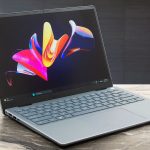
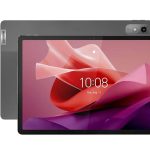
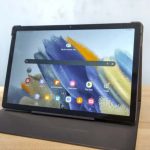
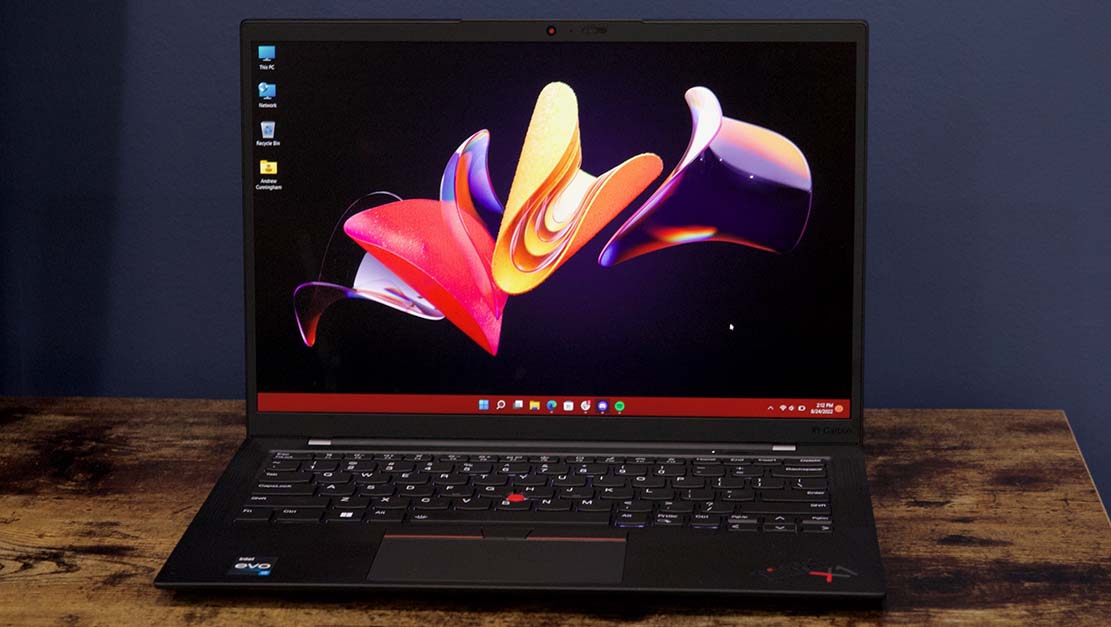
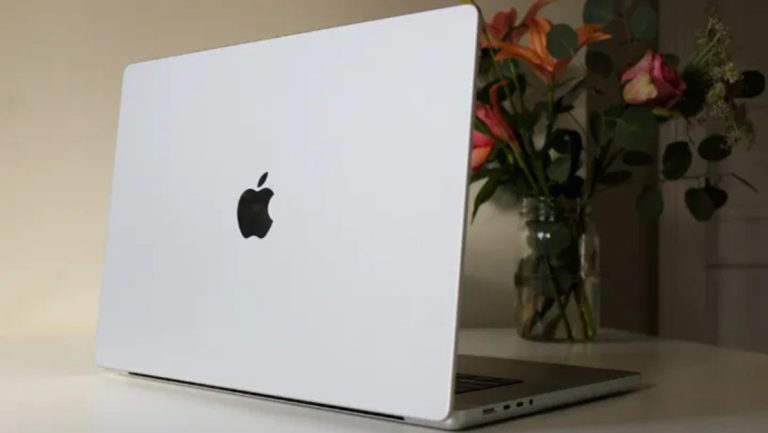




+ There are no comments
Add yours